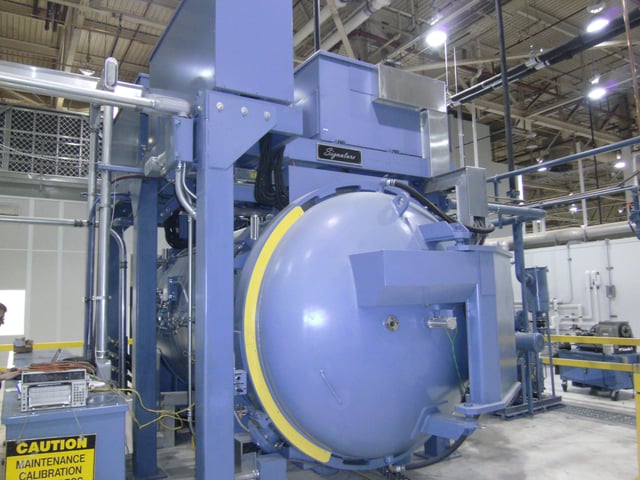
Vacuum brazing, and brazing in general, is an often-overlooked but highly essential process in metal joining. Its close cousins, soldering and welding, can at times overshadow this highly useful and effective joining process.
Though it is often used in large-scale applications like automotive and aerospace technology, there are a wide variety of additional uses for vacuum brazing, and the list is still growing.
Soldering is somewhat similar to brazing, as they both involve using heat to join two materials together using a filler material. The operating temperature is what sets them apart.
Brazing takes place at much higher temperatures and is better suited for strong, permanent, and durable joints. It can also join a wide range dissimilar materials.
Because of its high strength and robust reputation, brazing has typically been used in a wide range of industrial manufacturing operations.
Brazing technology, including vacuum brazing, have continued to grow, bringing this joining process to the forefront of manufacturing processes in today’s world.
Benefits of Brazing vs. Other Joining Methods
Brazing has at least four main selling points as a joining process:
- The base metals are not melted, allowing you to maintain, with proper heating very close tolerances. Brazed joints are performed at relatively low temperatures compared to welding, thereby significantly reducing the risks of melting, overheating, or warping.
- It can cost effectively join complex parts–even nonmetals and dissimilar metals. Because the temperature does not reach the melting point of the base metals being joined, there are a great variety of materials that can be joined by the brazing process–including ferrous and nonferrous metals and even ceramics.
- Reduced thermal distortion, as compared to welding.
- Brazing can be effectively used for high volume mass production.
How Does a Vacuum Furnace Help the Brazing Process?
Vacuum brazing is an efficient way to achieve a finished joint. In addition to the traditional benefits of furnace brazing, a vacuum furnace can be cost effective and produce a superior product with little, if any, oxidation, and without the need for any fluxer to keep such oxides away.
Temperature Uniformity
Because of the available vacuum furnace controls, the uniformity of the temperature during the brazing process can be very close throughout the assembly being brazed or compared to torch or induction brazing.
Because the temperature does not have to reach the melting point of the base metals, the temperature in a vacuum brazing operation can be much lower than for welding of the same metals, thus reducing any effect the heat may have on the product.
Cleanliness and Strength
Because the brazing process happens inside a vacuum chamber where temperature and conditions are closely controlled, the final product is very clean, has high integrity and is very strong. The heating and cooling processes are such that specific desired properties of the base metal can be achieved or maintained.
Parts can even be heat treated during the brazing process if desired. This can benefit their use in manufacturing parts in the automotive, aerospace, and even medical industries.
The uses for brazing are growing as new and existing industries begin to look toward higher quality mass production for their joining needs. More brazing filler metals (BFMs) are being developed thereby increasing the number of materials that can be effectively joined by vacuum brazing.
For many manufacturers and industries, vacuum brazing is a cost effective and high quality solution that continues to gain popularity because of its effectiveness. control, cleanliness of parts, and overall value.




